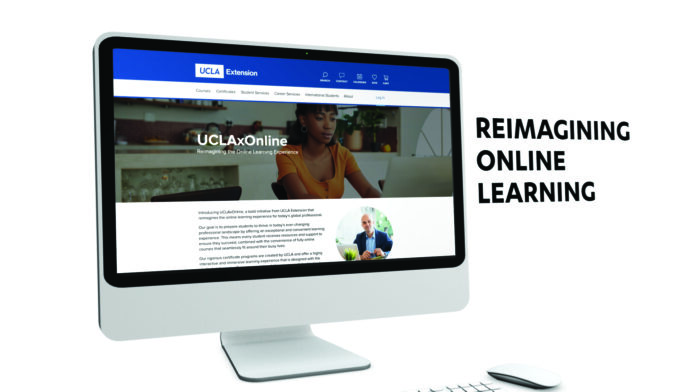Why do students flock to the online learning environment? With over five million students enrolled in online schools and universities (and that number was growing 30% per year even before the pandemic struck), there are many compelling arguments for attending a cyber classroom.
1. Students can “attend” a course at anytime, from anywhere. This means that parents can attend to their children, then sit down to class; working students can attend classes no matter what their work schedule might be, folks that travel for business or pleasure can attend class from anywhere in the world that has internet access.
2. Online learning enables student-centered teaching approaches. Every student has their own way of learning that works best for them. Some learn visually others do better when they “learn by doing.”
3. Course material is accessible 24 hours a day seven days a week. Students have the ability to read and re read lectures, discussions, explanations and comments. Often spoken material in the classroom passes students by due to a number of distractions, missed classes, tiredness or boredom.
4. In an online environment, attendance to class is only evident if the student actually participates in classroom discussion. This increases student interaction and the diversity of opinion, because everyone gets a say, not just the most talkative.
5. Online instructors come with practical knowledge and may be from any location across the globe. This allows students to be exposed to knowledge that can’t be learned in books and see how class concepts are applied in real business situations.
6. Using the internet to attend class, research information and communication with other students teaches skills in using technologies that will be critical to workers in the 21st century business community that works with colleagues globally and across time zones.
7. Participating online is much less intimidating than “in the classroom.” Anonymity provides students a level playing field undisturbed by bias caused by seating arrangement, gender, race and age. Students can also think longer about what they want to say and add their comments when ready. In a traditional class room, the conversation could have gone way past the point where the student wants to comment.
8. Because online institutions often offer “chat rooms” for informal conversation between students, where student bios and non class discussions can take place, there appears to be a increased bonding and camaraderie over traditional class environments.
9. The online environment makes instructors more approachable. Students can talk openly with their teachers through online chats, email and in newsgroup discussions, without waiting for office hours that may not be convenient. This option for communication provides enhanced contact between instructors and students.
10. Online course development allows for a broad spectrum of content. Students can access the school’s library from their PCs for research articles, ebook content and other material without worries that the material is already “checked out.”
11. Students often feel that they can actually listen to the comments made by other students. Because everyone gets a chance to contribute, students are less irritated with those that “over contribute” and can ask for clarification of any comments that are unclear.
12. Over 75% of colleges and universities in the U.S. offer online degree programs, with online degrees as respected as “on the ground” degrees. (Lewis)
13. Online classrooms also facilitate team learning by providing chatrooms and newsgroups for meetings and joint work. This eliminates the problems of mismatched schedules, finding a meeting location and distributing work for review between meetings.
14. Students often comment that online learning lets them attend class when fully awake and attend in increments of convenient time block, rather than rigid two- or four-hour stretches once or twice a week.
15. Because there are no geographic barriers to online learning, students can find a diversity of course material that may not be available to them where they live or work. This is especially true for professional training such as medical billing training or purchasing training and for students in remote rural areas that cannot support college or vocational training centers.
While “brick and mortar” institutions will never be eliminated, it’s easy to see why a growing number of people are attending class in the cyber world. They may be reasons of accessibility, flexibility or quality, all compelling and contributing to the attractiveness of this mode of learning.
Information Provided by WorldWideLearn.

